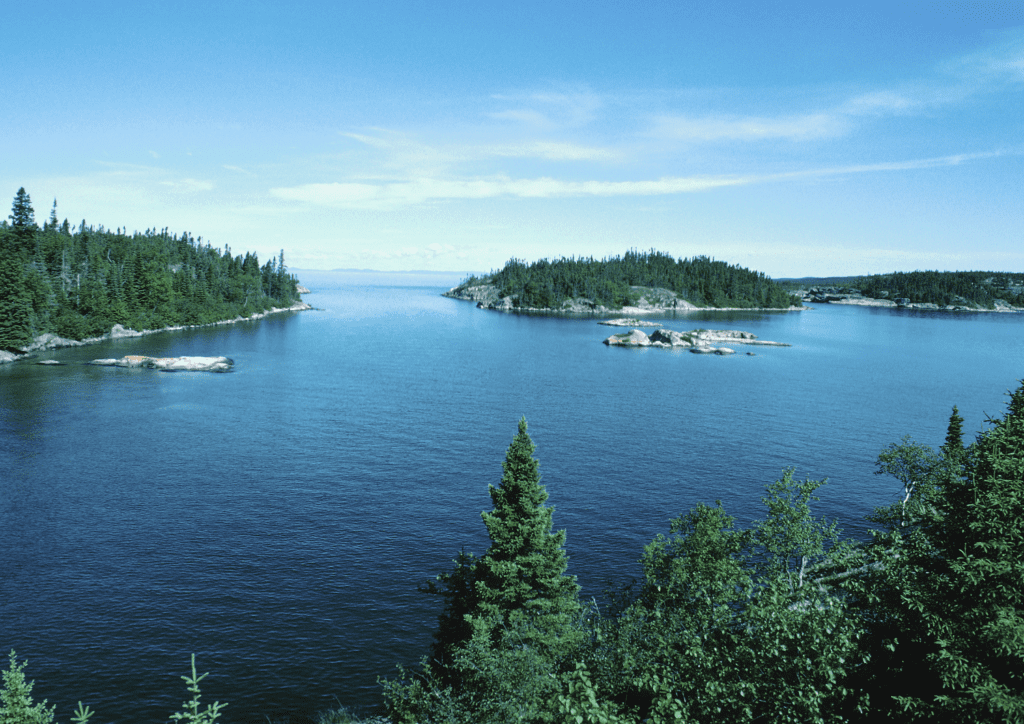The election of a new majority government in Ontario could mean great things for the province’s lakes and rivers. A relatively stable political climate means that it will now be easier to pass legislation and that ministers can count on at least four years to implement their new ideas and programs.
In this enabling climate, the first thing I’d like to see happen is the re-introduction of the Great Lakes Protection Act. Organizations like ours have been pushing for additional legal protection for the Great Lakes since 2008. We were really close to finally seeing the bill pass in the previous parliamentary session, but an election was called before debate on the bill could finish.
The good news is that the province can now introduce a bill that is even stronger than the previous one. It can incorporate the changes that Environmental Defence, and other members of the Great Lakes Protection Act Alliance, have been pushing for. In particular, we want some guarantees that this bill wouldn’t just sit on a shelf – that it would result in real action to protect the Great Lakes and their upstream rivers.
That’s why we’re asking that the bill require the province to set targets to address specific threats such as wetland loss and nutrient pollution. We want more transparency around how the government makes decisions about the Great Lakes (so that the community can help make those decisions) and around progress reporting (so that we can point out what is working and where more action needs to be taken). A new act could also do a better job of considering the impacts of climate change, and recognize the responsibility of the government to protect the Great Lakes as a common resource for all Ontarians.
Looking a bit further into the future, I think the province should also spend some time contemplating new financing tools for water management in Ontario. With increasingly limited government resources and pressure to reduce expenditures, sustaining and scaling up funding to adequately protect water is a significant challenge. The amount of science, monitoring, and on-the-ground action that is needed in the coming years will not be cheap. We are going to have to figure out how to pay, and who pays for these programs that will ultimately benefit everyone.
A key step toward this goal is evaluating the applicability of various market-based policy instruments in Ontario. Such tools would better incorporate the full costs of protecting water into cost of doing business. One example is a water pollution tax where the polluter is responsible for the cost of cleaning up after themselves. Another example is nutrient trading, which creates a market to identify and fund the cheapest options for reducing nutrient pollution. More creative financing structures could help shake loose the dollars needed to make sure that we are not passing the costs of environmental clean-up to the next generation. Importantly, it would also ensure that adequate resources are available to protect and restore globally-significant resources such as the Great Lakes.
You can count on Environmental Defence to be engaged in helping to push for a healthy waters agenda with Ontario’s new majority government. Follow along with our progress and get tips on what you can do to help by signing up for our brand new water e-newsletter called News Splash, to be released later this summer.







